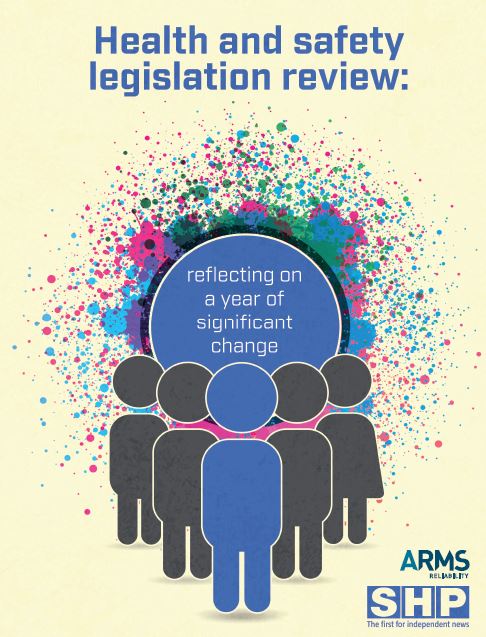The primary piece of health and safety legislation and regulation used by practitioners and professionals in Great Britain is the Health and Safety at Work etc Act 1974, which helps to ensure practical compliance and helps organisations understand and implement relevant health and safety legislation. The full definition and history of the act can be read on SHP’s Health and Safety at Work etc Act 1974 page.
While this big piece of legislation acts as the backbone of health and safety regulation, other, smaller bits of legislation and regulation exist to cover a wide range of industries, including asbestos control, food safety and CDM regulations among others.
Every six months in April and October, the government announces adjustments to various health and safety regulations. Sometimes big changes – like the CDM 2015 regulations, sometimes smaller – like a minor amendment to an approved code of practice.
Keeping track of those changes that affect your organisation is part of the role of a health and safety professional. SHP publishes a six-monthly report in conjunction with Barbour EHS to help you keep track, as well as publishing regular comment pieces from professional experts and details of updated guidance.
Find out about:
Sentencing guidelines
CDM regulations
Health and safety standards
Sentencing guidelines
The health and safety sentencing guidelines for England and Wales changed in February 2016. The new guidelines direct the courts to consider a scale of culpability, seriousness of harm risked and likelihood to harm in order to reach a sentence. The new guidelines might see companies being fined millions despite no-one actually being injured.
SHP has spoken to independent experts predicting what the effect of the sentencing guidelines will be, as well as publishing the latest health and safety prosecutions to monitor the real impact of increased fines and sentences.
CDM regulations
The revised Construction Design and Management regulations came into force in April 2015.
The regulations aim to improve the health, safety and welfare of those in the construction industry and provide information on the responsibilities of stakeholders.
The main changes relate to the management of projects determined by changed roles and the duties of the client, including a requirement for two main duty holders for the pre-construction phase, and the replacement of the CDM Coordinator with a principal designer.
Find out more information on the impact of CDM 2015, including expert commentary, book reviews and downloadable resources.
Health and safety standards
Health and safety standards exist in order to provide a reliable basis for people to share the same expectation about a particular product, service or process.
Within health and safety, the main standards are BS OHSAS 18001 Occupational Health and Safety Management Systems and BS ISO 39001 Road Traffic Safety Management Systems. There are also standards for PPE, risk management, food management and product safety.
Read about the basics of understanding standards, keep up to date with ISO 45001 developments and find out the benefits and pitfalls of achieving accreditation.

